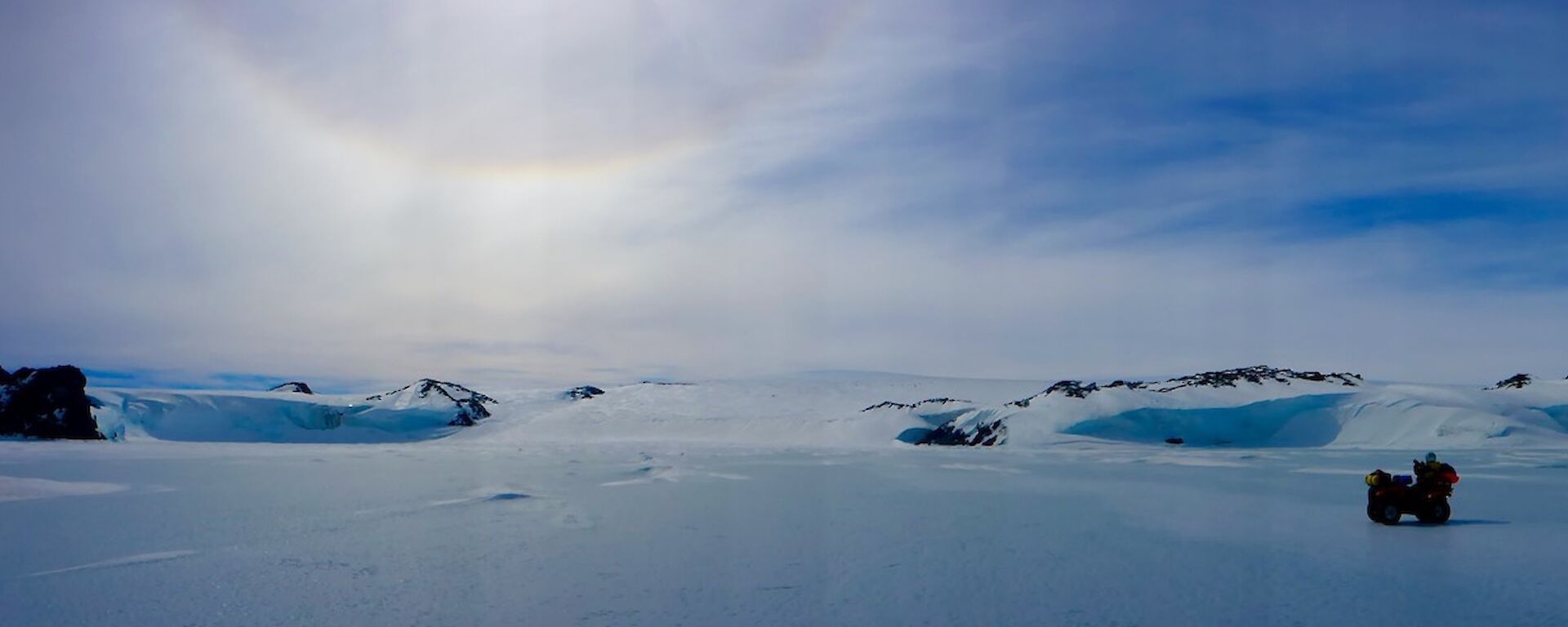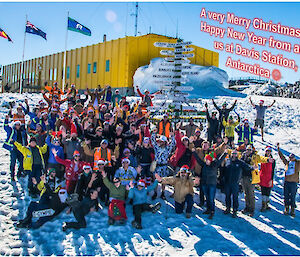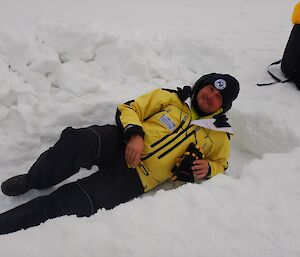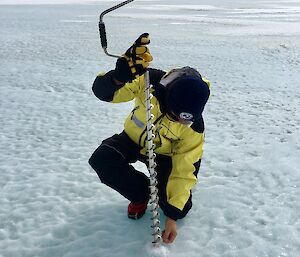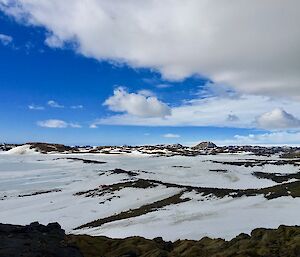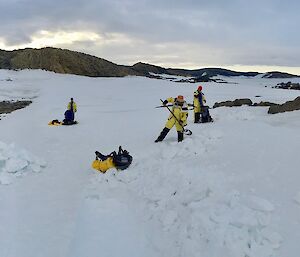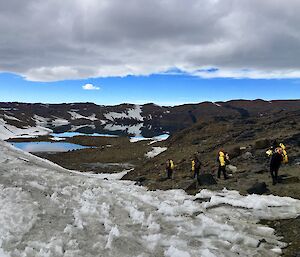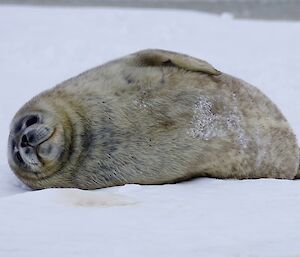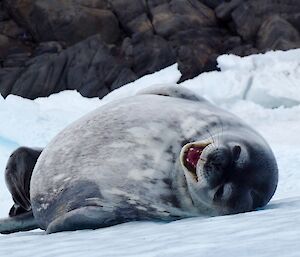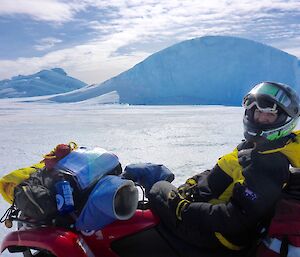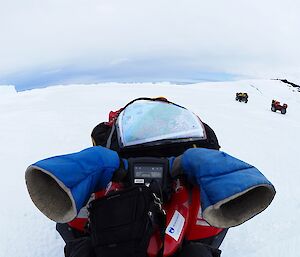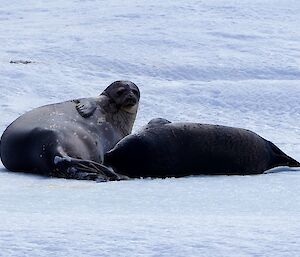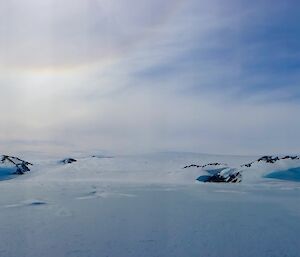More field training for us at Davis in the last week along with the departure of 10 of our team for Casey and then Hobart. The weather came good for the flight through to Casey and the passengers walked straight from the Basler to an Airbus and were in Hobart that very same night.
We had a very windy weekend with winds from 100–125km/hr making it a quiet few days for everyone. We certainly spared a thought for our friends at Mount Brown where the winds were even stronger and the team were in tents. It was a challenging few days for them, but everything held up fine and they are now continuing preparations to start drilling the ice core.
At Davis we watched amazed as the fast ice in front of station gradually peeled away with the winds and the area we walked across just a few days ago is now open water.
This is the last weekly news before Christmas so to all our family, friends and colleagues we wish you a very merry Christmas and a happy new year.
Here’s some thoughts from Trevor, our communications technician and Deputy Station Leader on field training and in the article below you can read about the Vestfold resident Weddell Seal population.
This week four separate groups headed off for field/survival training with an overnight trip out to Brookes Hut sleeping in a bivvy bag (commonly known as a chip packet!). Some activities included the use of portable stoves to cook up dehydrated meals for dinner (well, boiling water to pour into the packet), sea ice travel and navigation. We practiced tossing throw bags to each other in case of breaking through the ice, and practiced drilling the sea ice to check the thickness so hopefully we never need to use the throw bag. Everyone survived their night in the bivvy bag, but we all agreed that the next night at Brooks would definitely be in the toasty warm bunks inside.
The scenic trip of around 16 kilometers, walking through the magnificent and remote Vestfold Hills, finally brought us home to station where our wonderful chefs had a tasty dinner ready for us.
Robb (station leader) and Trevor (deputy station leader).

